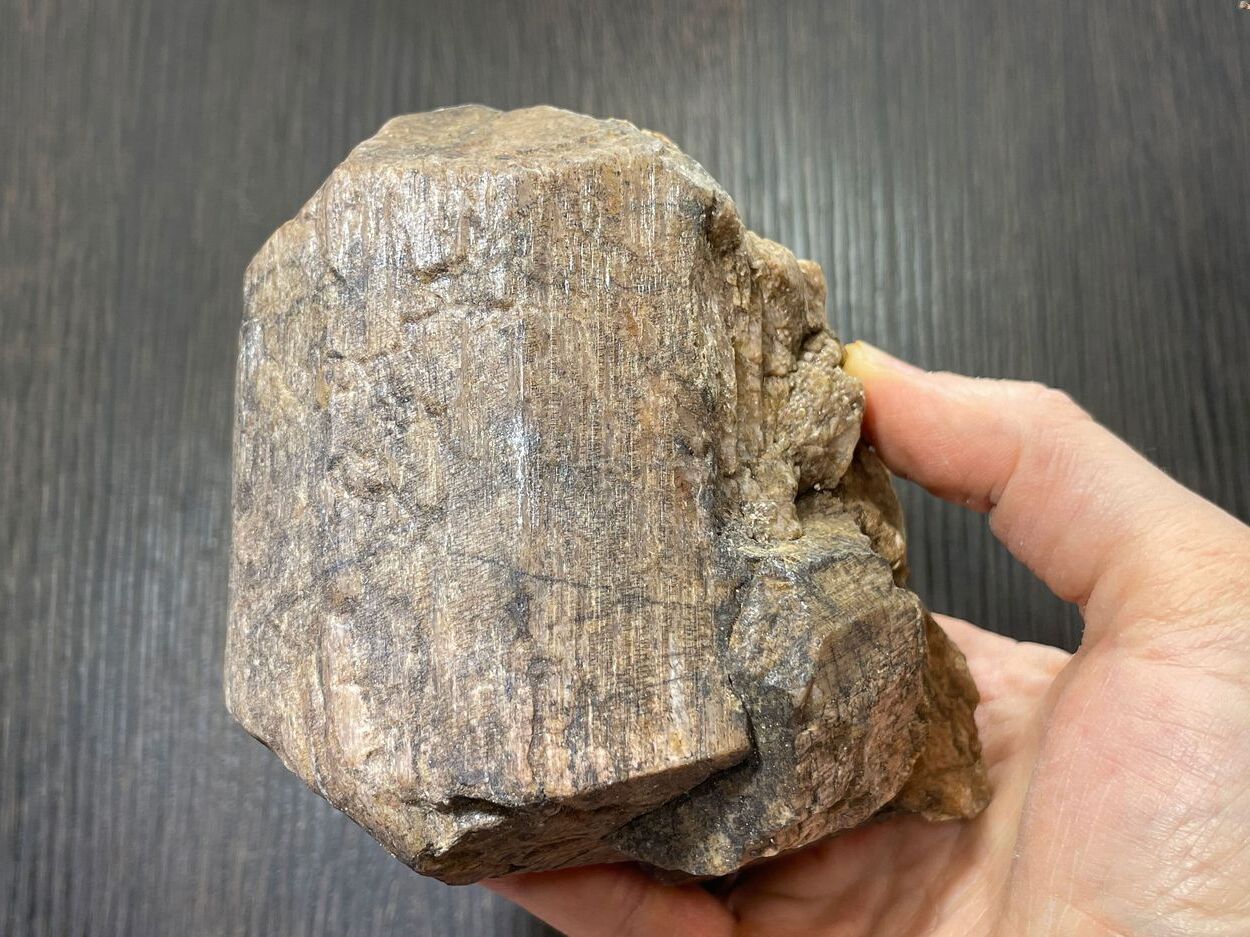
Meionite is a fascinating mineral that often gets overshadowed by its more famous cousins. But what exactly makes it special? Meionite belongs to the scapolite group, a family of minerals known for their unique crystal structures and vibrant colors. Found in metamorphic rocks, this mineral can be a real gem—literally! It often appears in shades of white, gray, or even light blue. Meionite has a Mohs hardness of 5-6, making it relatively durable. Its name comes from the Greek word "meiōn," meaning "less," which refers to its lower silica content compared to other minerals in its group. Ready to learn more? Let's dive into 30 intriguing facts about Meionite!
Key Takeaways:
- Meionite, a captivating mineral, has unique properties and is found in metamorphic rocks. It can fluoresce under ultraviolet light and is used in scientific research, making it a valuable specimen for mineral collectors.
- Meionite, part of the scapolite group, is named after the Greek word "meion," meaning "less." It forms beautiful crystals, can be used as a gemstone, and provides clues about the geological history of an area.
What is Meionite?
Meionite is a fascinating mineral that belongs to the scapolite group. It is known for its unique properties and beautiful crystal formations. Let's dive into some intriguing facts about this captivating mineral.
-
Meionite is a member of the scapolite group, which includes minerals like marialite and silvialite.
-
The name "Meionite" comes from the Greek word "meion," meaning "less," referring to its lower refractive index compared to other minerals in the group.
-
It was first discovered in 1801 by the French mineralogist René Just Haüy.
-
Meionite is commonly found in metamorphic rocks, particularly in marbles and gneisses.
-
The mineral typically forms in prismatic or tabular crystals, often with a glassy luster.
Chemical Composition and Structure
Understanding the chemical composition and structure of meionite can give us insights into its unique characteristics.
-
Meionite has the chemical formula Ca4Al6Si6O24(CO3,SO4).
-
It belongs to the tetragonal crystal system, which means its crystals have a square cross-section.
-
The mineral is composed of calcium, aluminum, silicon, oxygen, carbon, and sulfur.
-
Meionite's structure consists of interconnected tetrahedra of silicon and aluminum, with calcium ions and carbonate or sulfate groups filling the spaces.
-
The presence of carbonate or sulfate groups can influence the mineral's color and other physical properties.
Physical Properties
Meionite's physical properties make it a unique and valuable mineral for various applications.
-
Meionite has a hardness of 5 to 6 on the Mohs scale, making it relatively durable.
-
The mineral has a specific gravity of 2.7 to 2.8, which is considered average for minerals.
-
Meionite can exhibit a range of colors, including white, gray, yellow, green, and pink.
-
It has a vitreous to resinous luster, giving it a shiny appearance.
-
The mineral is transparent to translucent, allowing light to pass through it to varying degrees.
Occurrence and Locations
Meionite can be found in various locations around the world, often in association with other minerals.
-
Significant deposits of meionite have been found in Italy, particularly in the region of Piedmont.
-
The mineral is also found in the United States, especially in New York and New Jersey.
-
Other notable locations include Canada, Norway, Russia, and Madagascar.
-
Meionite often occurs alongside other minerals like calcite, diopside, and garnet.
-
The mineral can be found in both contact and regional metamorphic environments.
Uses and Applications
Meionite has several uses and applications, both in scientific research and as a gemstone.
-
Meionite is sometimes used as a gemstone, particularly when it exhibits attractive colors and clarity.
-
The mineral is also studied by geologists to understand metamorphic processes and the conditions under which it forms.
-
Meionite's unique properties make it a valuable specimen for mineral collectors.
-
The mineral can be used in educational settings to teach students about mineralogy and crystallography.
-
Meionite's presence in metamorphic rocks can provide clues about the geological history of an area.
Interesting Facts
Here are some additional interesting facts about meionite that highlight its unique characteristics.
-
Meionite can fluoresce under ultraviolet light, often displaying a bright yellow or orange color.
-
The mineral can form solid solutions with marialite, another member of the scapolite group.
-
Meionite crystals can sometimes contain inclusions of other minerals, adding to their visual appeal.
-
The mineral's name has been used in various scientific publications and research papers.
-
Meionite's unique properties and beautiful crystal formations make it a popular subject for photography and artistic representations.
The Fascinating World of Meionite
Meionite, a mineral from the scapolite group, holds a treasure trove of intriguing facts. Found in metamorphic rocks, it’s known for its unique crystal structure and vibrant colors. This mineral often forms in marble and can be identified by its distinct cleavage and hardness. Its name comes from the Greek word "meion," meaning "less," due to its lower refractive index compared to other minerals in its group.
Collectors and geologists prize meionite for its rarity and beauty. It’s not just a pretty face, though; meionite also has practical applications in ceramics and glass manufacturing. Its ability to withstand high temperatures makes it valuable in industrial processes.
Understanding meionite gives us a glimpse into the complex and beautiful world of minerals. Whether you’re a seasoned geologist or just curious about the natural world, meionite offers a fascinating subject to explore.
Frequently Asked Questions
Was this page helpful?
Our commitment to delivering trustworthy and engaging content is at the heart of what we do. Each fact on our site is contributed by real users like you, bringing a wealth of diverse insights and information. To ensure the highest standards of accuracy and reliability, our dedicated editors meticulously review each submission. This process guarantees that the facts we share are not only fascinating but also credible. Trust in our commitment to quality and authenticity as you explore and learn with us.
